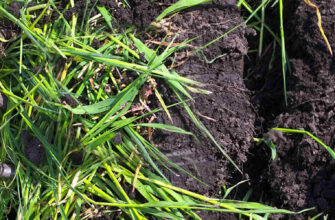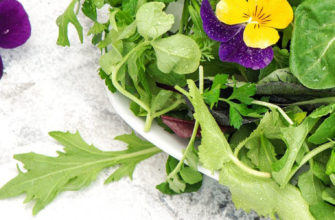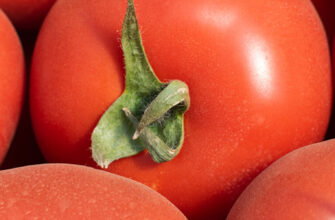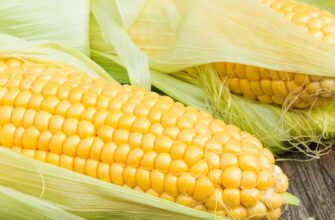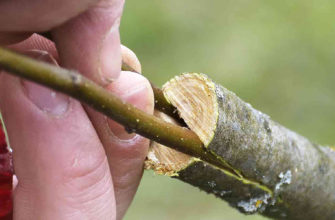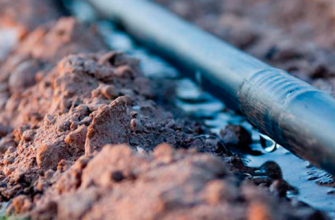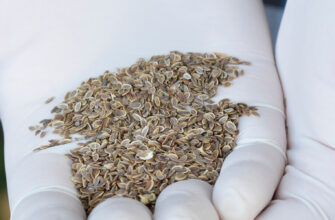Mineral fertilizers are inorganic compounds that contain essential plant nutrients required at various stages of growth and development. These fertilizers can directly impact both the quality and yield of crops.
Classification of Mineral Fertilizers
There are several ways to categorize mineral fertilizers. The most common classification of mineral fertilizers includes the following types:

By chemical composition:
- Macronutrients (nitrogen, phosphorus, potassium, carbon, hydrogen, oxygen)
- Mesoelements (calcium, sulfur, magnesium)
- Micronutrients (iron, molybdenum, copper, manganese, boron, zinc)
By number of nutrients:
- Simple fertilizers (containing one or two chemical elements)
- Complex fertilizers (with more than two nutrients, often supplemented with additional components)
By water solubility:
- Water-soluble (fully dissolvable in water)
- Slightly soluble (partially dissolvable, may leave sediment)
- Insoluble
By primary nutrient type:
- Nitrogen-based
- Potassium-based
- Phosphorus-based
- Compound or blended
The most widely used system for classification of mineral fertilizers is based on their primary nutrient content. This is the scheme most commonly found on product labels and store shelves. Let’s explore each group in more detail.
Nitrogen Fertilizers
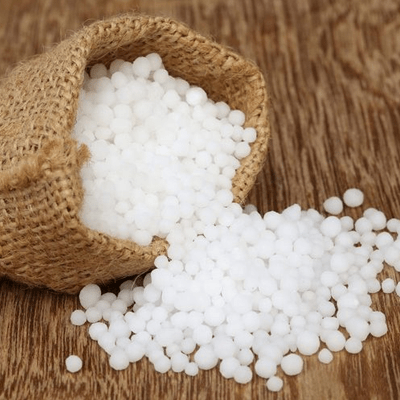
Nitrogen fertilizers are synthesized by extracting ammonia from molecular hydrogen and nitrogen. They dissolve well in water and are suitable for nearly all soil types. Their main function is to regulate plant metabolism and promote vigorous vegetative growth.
These types of mineral fertilizers can be further divided into:
- Ammonia-based
- Ammonium-based
- Nitrate-based
- Amide-based
- Combined types (e.g., ammonium-nitrate)
Calcium nitrate is one of the most popular nitrogen fertilizers.
How to identify nitrogen deficiency: Slow vegetative growth and pale, yellow-green leaves often signal nitrogen starvation.
Application rates vary depending on several factors: soil moisture, nutrient balance (nitrogen is most effective when phosphorus and potassium are sufficient), previous crop rotations, and more.
Common types of nitrogen fertilizers and their application:
| Fertilizer | Crops | Application Details |
| Ammonia water | Any | Apply during inter-row cultivation and root feeding; must be incorporated into the soil at a depth of at least 12 cm |
| Ammonium nitrate | Any | Use in spring or early summer as root feeding |
| Liquid ammonia | Any | Apply in late autumn before deep plowing (10–11 cm), using specialized equipment |
| Calcium nitrate | Any | During seeding and spring feeding; do not combine with superphosphate |
| UAN solution | Any | During foliar feeding of winter and other crops |
| Urea | Any | Spring and early summer as root fertilizer; fall during digging as foliar feeding |
| Sodium nitrate | Any | During seeding and spring feeding; avoid use on saline soils |
| Ammonium sulfate | Any | Apply in autumn or as a base fertilizer in spring before seeding |
Potash Fertilizers
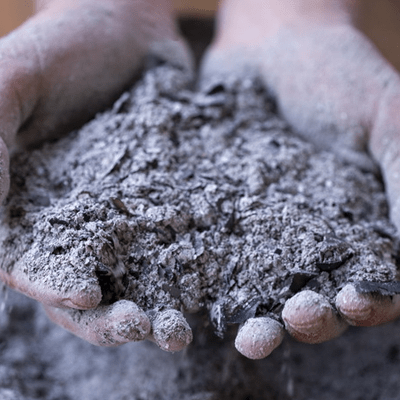
Wood ash is among the most affordable and accessible types of potash.
Potassium fertilizers are either derived from crushed minerals (like sylvinite and kainite) or produced industrially (e.g., potassium chloride, potash, potassium sulfate). Potassium supports core life processes in plants, regulates photosynthesis, and enhances resistance to stress. These fertilizers should ideally be applied in a dissolved form to ensure absorption.
Depending on soil composition and rainfall, different types of potash are recommended:
- Potassium chloride for acidic soils
- Potassium sulfate for dry climates or greenhouse crops
- Potassium chloride again for regions with high rainfall
Potassium deficiency symptoms: Leaf-edge burn, undersized fruits, poor disease and pest resistance, and weak photosynthesis.
Key advantages of potassium-based mineral fertilizers include excellent compatibility with other fertilizers, high efficiency in cold or humid climates, and cost-effectiveness.
Types of potash and application guidelines:
| Fertilizer | Crops | Application Details |
| Wood ash | Any | During fall digging or at planting in spring/summer |
| Kainite | Any | Apply during autumn tillage |
| Potassium chloride | Any | Use during fall soil preparation |
| Potassium salt | Fruit/berry crops | Autumn application with deep plowing |
| Kalimag | Chlorine-sensitive | Apply during plant feeding or fall tillage |
| Potash | Any | Apply during fall digging and spring feeding |
| Sylvinite | Any | Autumn, during deep tillage |
| Potassium sulfate | Any | Apply before fall tillage; also suitable for spring/summer feeding |
| Potassium-magnesium sulfate | Chlorine-sensitive | Use for plant feeding, especially effective on sandy or loamy soils |
| Cement dust | Any | Apply during plant feeding |
Phosphorus Fertilizers
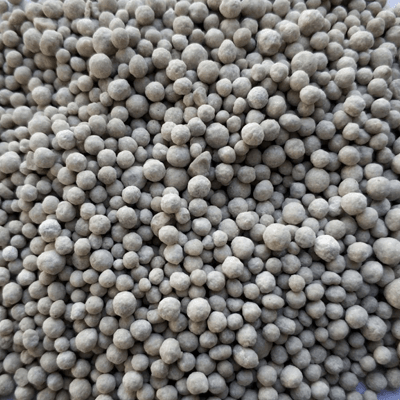
Phosphorus fertilizers are derived from phosphate rock, basic slag, phosphate slag, and apatite. Their main purpose is to promote healthy plant development and improve flower and fruit quality. Suitable for all soil types and crop varieties, the effectiveness of phosphorus fertilizers largely depends on their composition and solubility.
Solubility note: Superphosphate is less soluble, while ammonium phosphate can reach solubility levels of 90–100%.
How to identify phosphorus deficiency: A bluish tint on the leaves is a strong sign of deficiency, whereas a purple hue may indicate excess.
Efficiency tip: These fertilizers work best when plants also have sufficient nitrogen and potassium. When combined with manure, phosphorus dosage should be reduced—typically by half.
Phosphorus application by soil type:
| Soil Type | Application Timing & Notes |
| Loam and clay soils | Apply in spring before planting or in fall during deep tillage; repeat yearly or 3–4 times per year. Increase dose as needed. Insoluble phosphorus fertilizers are more effective when combined with superphosphate. |
| Calcareous and typical black soil | Apply in fall before deep tillage, ensuring nutrients reach future root zones. Avoid using phosphate rock flour, as it’s inaccessible to plants in these soils. |
| Leached or degraded soils | Apply in spring before planting or in fall during deep tillage. Insoluble phosphorus fertilizers will offer the greatest benefit. |
This comprehensive overview of the classification of mineral fertilizers and their application highlights the importance of matching the right nutrient type to the specific needs of your soil and crops. Whether you’re working with nitrogen-based inputs, exploring different types of potash, or ensuring phosphorus availability, understanding how and when to apply these essential nutrients is key to healthy plant growth and high yields.
If you have found a spelling error, please, notify us by selecting that text and pressing Ctrl+Enter.

